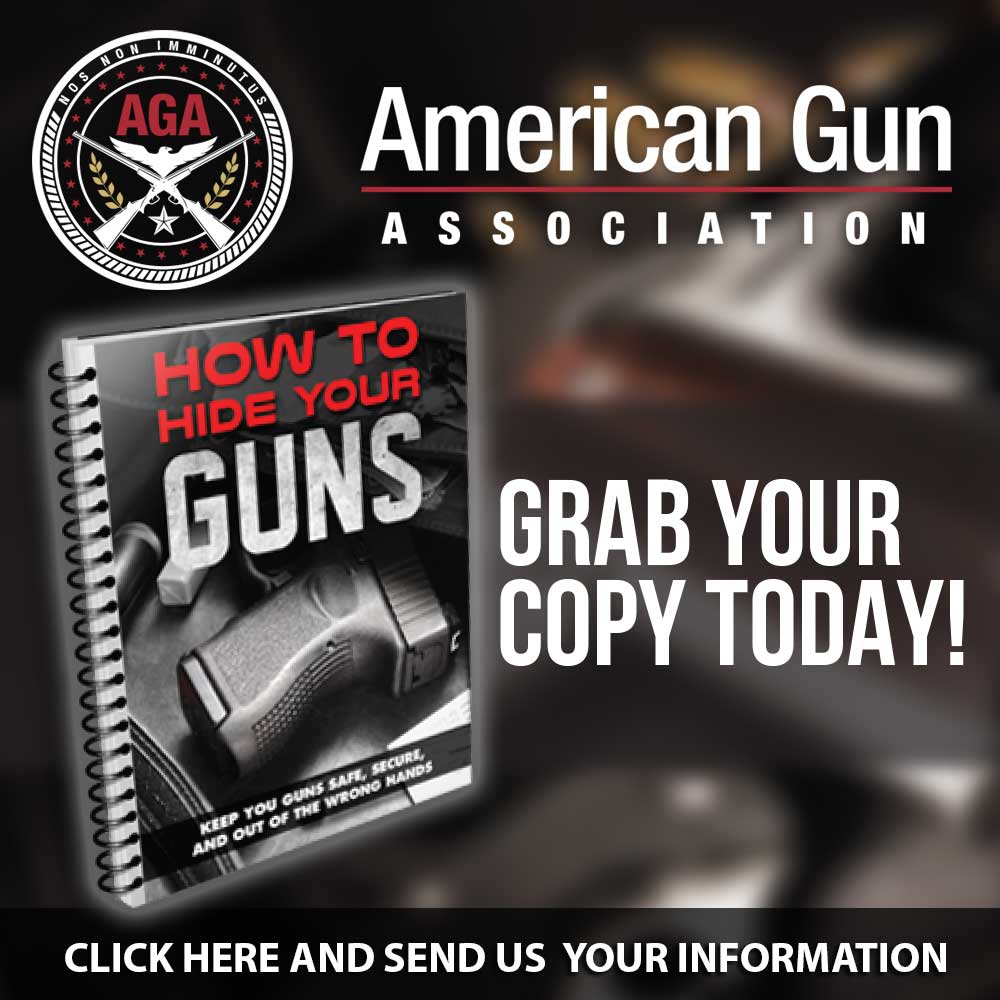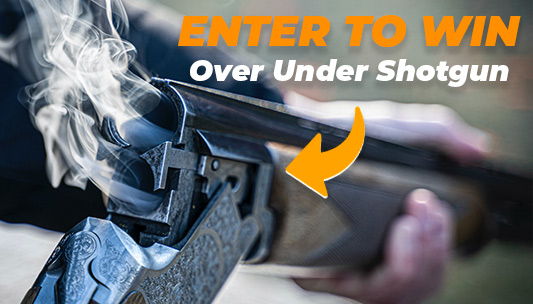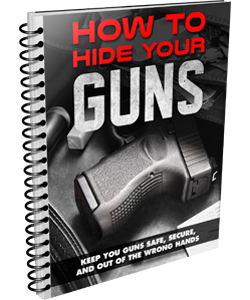The Safety Zone
The rules of gun safety are pretty straightforward to recite, but can be rather more difficult to actually apply in real life. Unfortunately, mantras aren’t what keep people from getting hurt. If you can’t put the principles into practice, knowing the rules by rote won’t help.
Part of why gun safety rules, whether you subscribe to Cooper’s Four Rules, or the NRA’s Three Rules, stack on top of each other is so that if you break one rule but follow the rest, the potential bad outcomes are reduced.

While the Cooper and NRA rules seem different, their principles are the same
Other times, breaking a gun safety rule is accidental. You weren’t as careful as you should have been or some condition changed through no fault of your own. For instance, you allowed your finger to slip into the trigger guard, or a formerly safe direction became suddenly unsafe because a person or animal wandered downrange.
It is these accidental slips that make it critically important to build safety margins into your gun handling habits. Here are two specific ways you can do that:
One way is to be more exaggerated when keeping your finger off the trigger until you are ready to shoot. That means getting your finger high up across the frame of the gun, like this:

A safer way to keep your finger off the trigger

A safer way to keep your finger off the trigger
Another way is to be conservative with your definition of a safe direction, particularly when you are moving with a gun in your hands or if you are shooting in an environment where your targets may be near objects or people you don’t want to shoot, whether in a simulated training or competition environment or in a real-world situation. Rather than allowing your muzzle to point near an unsafe direction, keep it well within the areas you have defined as safe.
Safe directions aren’t necessarily broad swaths, like an entire berm at the range. They can also be much more limited, like a single target backer. While it may be impossible to entirely avoid having your muzzle swing across something you don’t want to shoot, you can still be careful to avoid allowing your gun to linger in those directions and make certain of your sight alignment and trigger control to ensure that your bullet hits the intended target and nothing else.
You can also set up your target to be as far away from the edges of your limited safety zone as possible. In other words, put your bullseye in the middle of the backer, not at the edges or top where a wild shot might hit someone else’s target (safe, but not what you intended to shoot!) or even the target carrier or wall of the range.

These targets are set in the middle of the target backer to prevent misses from damaging the frame

While this competitor could have pointed his gun almost straight into his direction of travel, by keeping his muzzle completely downrange, he avoids any accidents that could endanger the people in the left side of the photo




